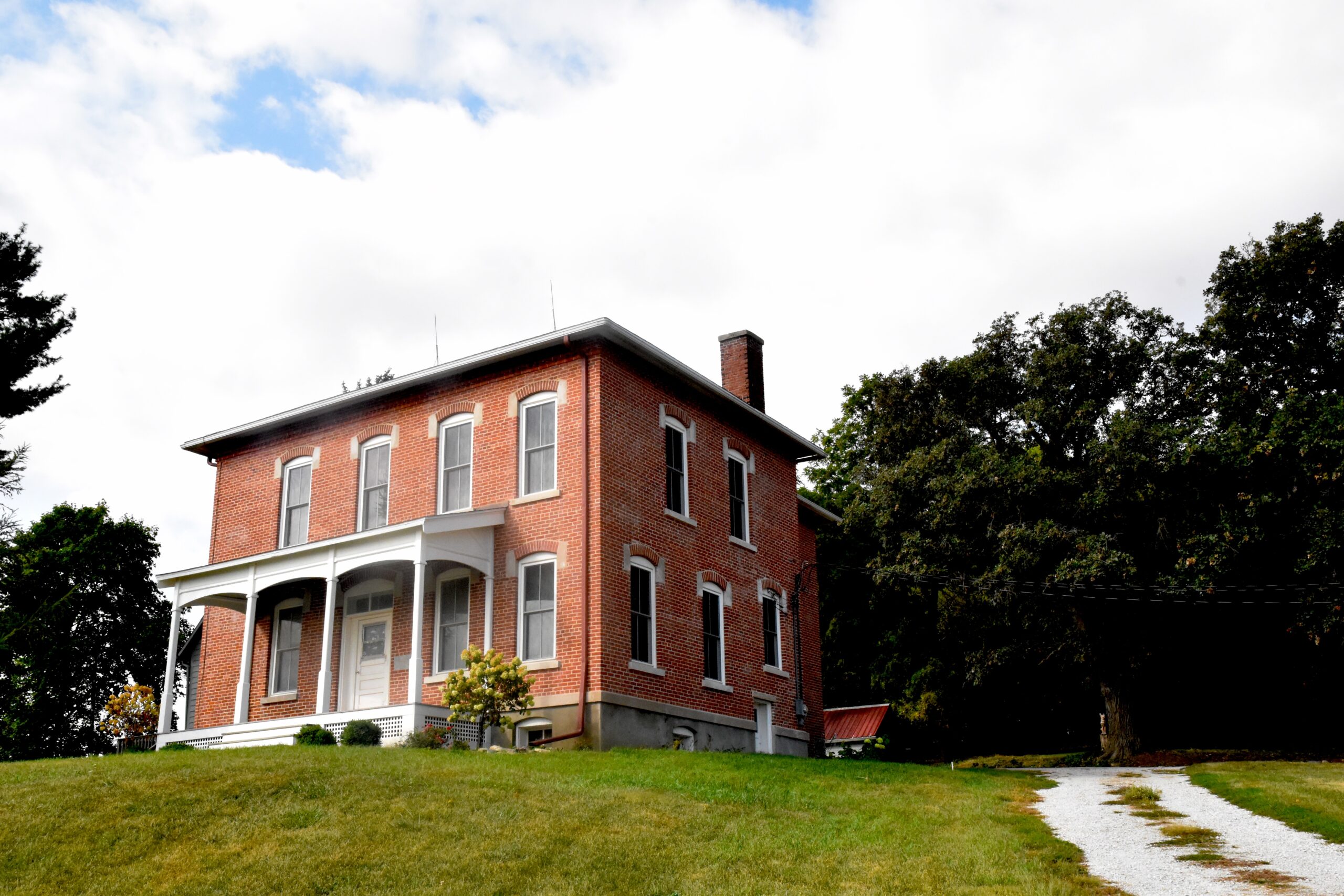Audubon, Iowa
The Nathaniel Hamlin Museum & Park in Audubon, Iowa, has a rich history deeply intertwined with the community’s evolution. Originally purchased by Audubon County in 1890 to establish their poor farm, the property initially spanned 160 acres of land. Here, residents, who were indigent and unable to support themselves, lived and worked the land, performing chores and maintaining the building as part of their daily life.
The poor farm operated for nearly six decades, closing its doors in 1950 as societal welfare practices shifted. However, the historical significance of the site was not forgotten. In 1976, the Audubon County Historical Society took over the building with a vision to preserve its heritage and transform it into a museum dedicated to the history of Audubon, Iowa.
Today, the Nathaniel Hamlin Museum & Park stands as a testament to Audubon’s past, housing a collection of artifacts, photographs, and documents that chronicle the community’s early settlement, agricultural roots, and social welfare history. The park surrounding the museum offers a serene outdoor space, inviting visitors to explore and reflect on the area’s rich cultural heritage.
Who was Nathaniel Hamlin?
Nathaniel Hamlin was a significant figure in the history of Audubon, Iowa, known for his contributions to the community and his involvement in local affairs during the late 19th and early 20th centuries. He is often remembered as the pioneer settler who played a key role in shaping the early history and infrastructure of Audubon, particularly in agricultural and civic initiatives. His legacy is honored throughout the Nathaniel Hamlin Museum, which preserves local history and celebrates the contributions of influential figures like him to the community’s development.
Claims
The claims of paranormal activity from staff and visitors seem to center around the museum itself. A little girl has been spotted gazing out of the window of the Children’s Room on the second floor. Her playful spirit is said to run up and down the halls, and many have reported hearing the voice of a small child humming or singing. However, she’s not alone. Disembodied voices have been reported throughout the building; a claim supported by the numerous anomalous recordings captured by paranormal investigators.
One of the more exciting stories is that of a visitor who was chased across the driveway by phantom footsteps. She claims she heard the crunching of the gravel as heavy footsteps raced towards her, only to stop when she reached her vehicle. It has been speculated that this may have been the spirit of a Meskwaki hunter. The Meskwaki were a tribe of Native Americans that used the land on which the museum now sits as hunting grounds during the summer months. While any museum or historical site is bound to harbor residual energy, the various reports of interactive activity suggest that there may be a conscious entity or two curating the museum in their spare time.
Contact
Phone: 712-563-2742
US Highway 71
Audubon, IA 50025
Affiliations
Book a Tour
Nathaniel Hamlin Museum & Park
Accommodations
Dining & Entertainment
Suggested Reading

